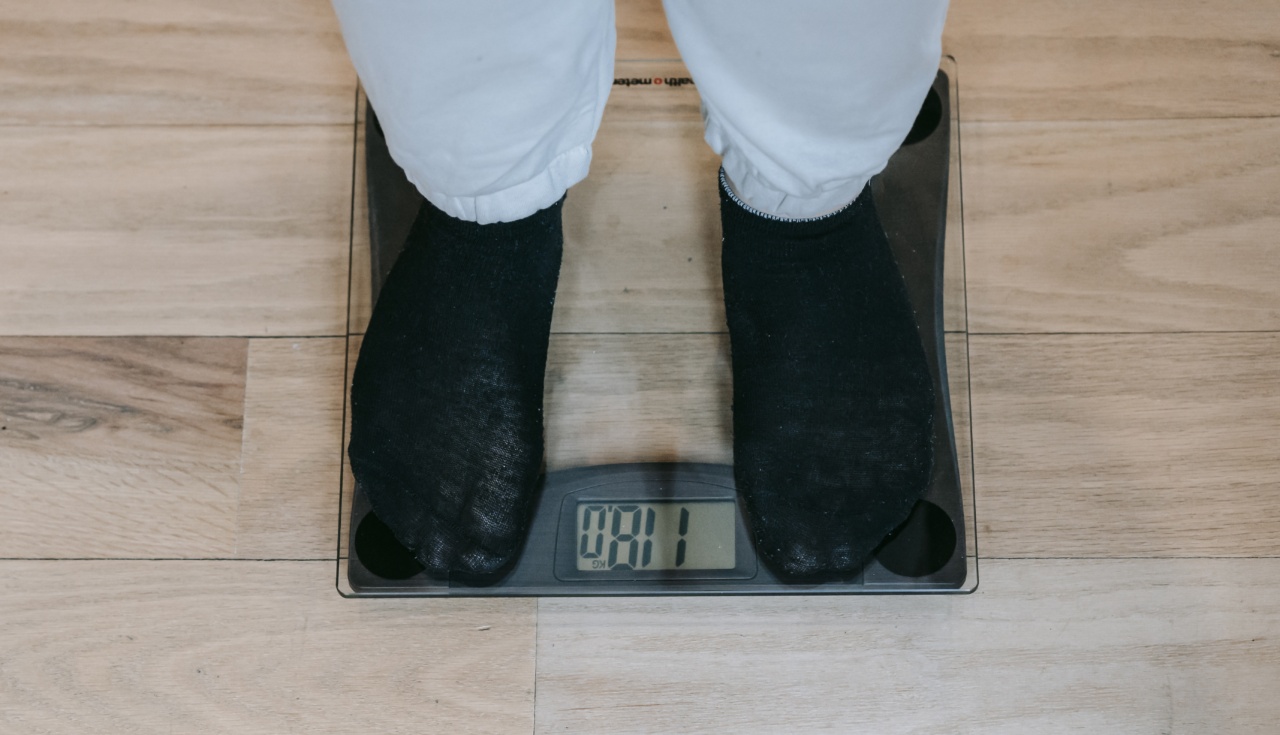In the pursuit of weight loss, many people turn to counting calories as a way to monitor and control their food intake.
But how many calories should you really be aiming for? Is there such a thing as consuming too few or too many calories when trying to shed those extra pounds? In this article, we will dive into the world of calorie counting and explore the optimal amount of calories for weight loss.
The science behind weight loss
Before we delve into the world of calorie counting, it is essential to understand the basic principles of weight loss. When it comes to shedding pounds, one must create a calorie deficit, which means consuming fewer calories than you burn.
This deficit forces your body to tap into its stored fat reserves to meet its energy needs, leading to weight loss.
How many calories do you need?
Every individual’s caloric requirements are different, influenced by factors such as age, gender, weight, height, and physical activity levels.
To determine how many calories you should consume for weight loss, you need to calculate your Total Daily Energy Expenditure (TDEE).
Calculating TDEE
TDEE is the total number of calories you burn in a day, including your basal metabolic rate (BMR) and calories burned through physical activity. To calculate your TDEE, you can use the following formula:.
BMR + Calories burned through physical activity = TDEE.
Your BMR represents the number of calories your body needs to perform essential functions at rest.
There are various formulas to estimate BMR, such as the Harris-Benedict equation or the Mifflin-St Jeor equation, which take into account your age, weight, height, and gender.
Once you determine your BMR, you need to factor in calories burned through physical activity. This can vary greatly depending on your lifestyle and exercise routine.
Online calculators and fitness apps can assist in estimating the calories burned during different activities.
By calculating your TDEE, you can get an estimate of the number of calories you need to consume to maintain your current weight. To lose weight, you should aim to consume fewer calories than your TDEE.
The role of calorie deficit
Creating a calorie deficit is key to weight loss, but it is essential to strike the right balance. Consuming too few calories can have negative consequences on your health and hinder long-term weight loss progress.
Drastically reducing your calorie intake can result in nutrient deficiencies, muscle loss, a slowed metabolism, and low energy levels.
It is recommended that women should not consume fewer than 1,200 calories a day, and men should not consume fewer than 1,500 calories a day.
On the other hand, it is also possible to consume too many calories, which can impede your weight loss efforts. If you regularly consume more calories than your TDEE, weight gain may occur despite exercise and calorie counting.
Slow and steady wins the race
When it comes to weight loss, slow and steady wins the race. Aim for a gradual, sustainable weight loss of 1-2 pounds per week. To achieve this, create a calorie deficit of 500-1000 calories per day.
This will result in a safe and effective weight loss without depriving your body of essential nutrients.
The importance of macronutrients
While counting calories is beneficial, it is equally important to consider the quality of the calories consumed. Not all calories are created equal.
It is crucial to focus on getting the right balance of macronutrients – carbohydrates, proteins, and fats – to support your weight loss goals.
Protein is particularly important during weight loss as it helps preserve muscle mass, keeps you feeling full, and aids in recovery after exercise. Aim to include lean protein sources like chicken, fish, tofu, and legumes in your diet.
Carbohydrates provide energy for your workouts, but it is essential to opt for complex carbohydrates like whole grains, fruits, and vegetables instead of refined and processed carbs.
Fats also play a crucial role in weight loss. Healthy fats like avocados, nuts, and olive oil provide essential nutrients and promote satiety.
List of recommended weight loss foods
When counting calories, it can be helpful to choose nutrient-dense foods that are low in calories but high in vitamins, minerals, and fiber. Here are some examples:.
– Leafy greens: Spinach, kale, and Swiss chard
– Cruciferous vegetables: Broccoli, cauliflower, and Brussels sprouts
– Lean proteins: Chicken breast, turkey, tofu, and fish
– Legumes: Lentils, chickpeas, and black beans
– Whole grains: Quinoa, brown rice, and oats
– Berries: Blueberries, strawberries, and raspberries
– Nuts and seeds: Almonds, walnuts, chia seeds, and flaxseeds
– Greek yogurt or cottage cheese
– Healthy fats: Avocado, olive oil, and coconut oil
– Herbal tea and water.
The importance of tracking
To effectively count calories, tracking your food intake is vital. There are numerous apps and websites available that make tracking calories quick and convenient.
By logging your meals and snacks, you can gain insight into your eating habits and adjust your calorie intake accordingly.
Remember that portion sizes matter too. Invest in a food scale or use measuring cups to ensure you accurately track your calorie consumption.
Consistency and flexibility
Consistency is key when it comes to counting calories for weight loss. While occasional indulgences are perfectly fine, it is important to stay within your calorie goals for most days.
However, it is also crucial to maintain a flexible approach to your diet. Don’t deprive yourself of your favorite foods entirely, as this can lead to feelings of restriction and potential binge-eating episodes. Allow yourself the occasional treat while staying mindful of your calorie intake.
Seek professional guidance
If you find yourself struggling with counting calories or have specific weight loss goals, it may be beneficial to seek guidance from a registered dietitian or nutritionist.
They can provide personalized recommendations based on your unique needs and help you develop a sustainable approach to weight loss.
Conclusion
Counting calories can be an effective tool for weight loss, but it is essential to determine the right amount of calories for your body’s needs.
Calculating your TDEE and creating a modest calorie deficit is a safe and sustainable way to shed pounds. Remember to prioritize the quality of the calories and focus on a balanced diet that includes all essential macronutrients. With consistency, flexibility, and mindful eating, you can achieve your weight loss goals and embark on a healthier lifestyle.



























